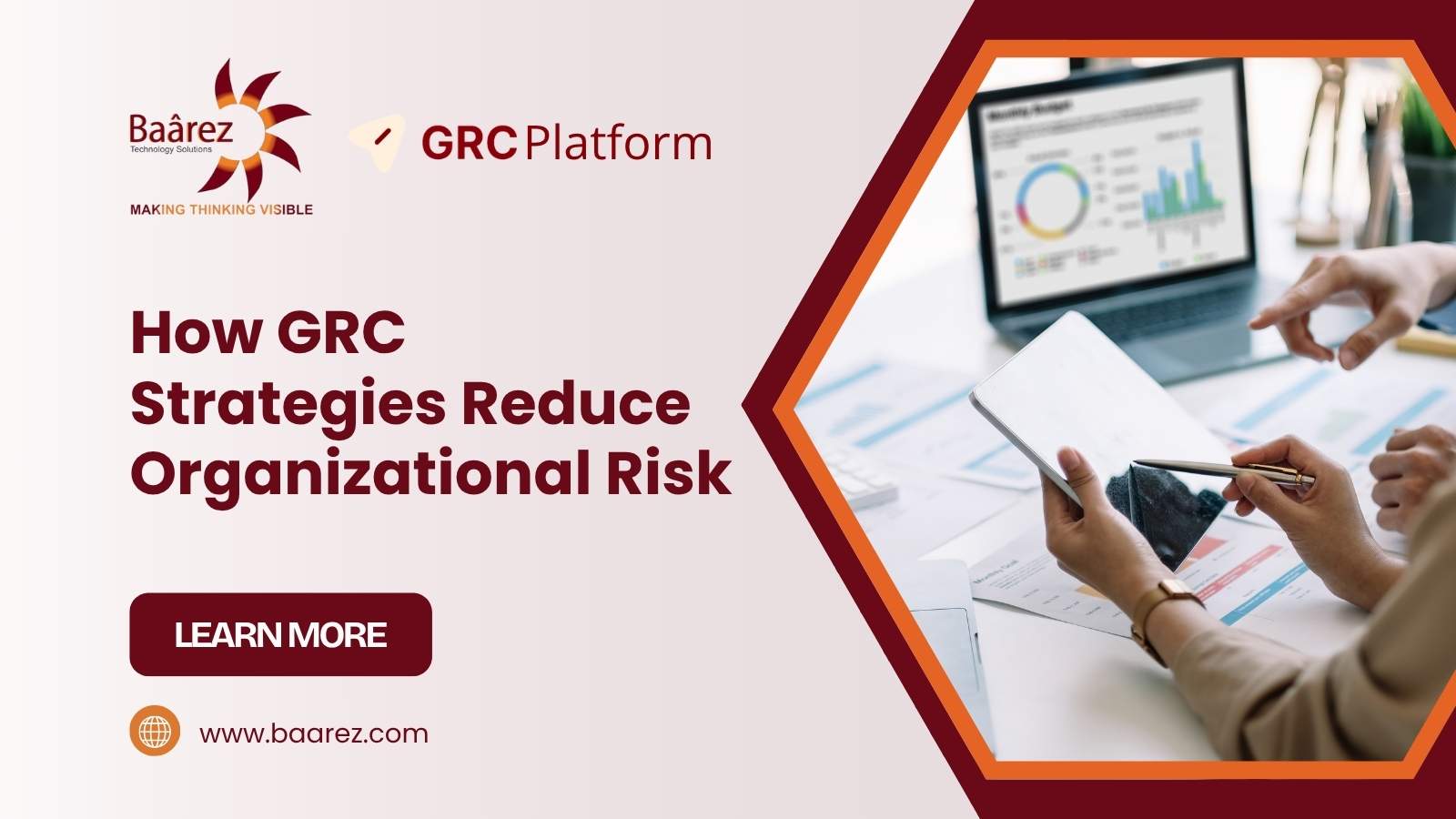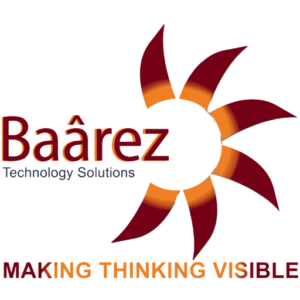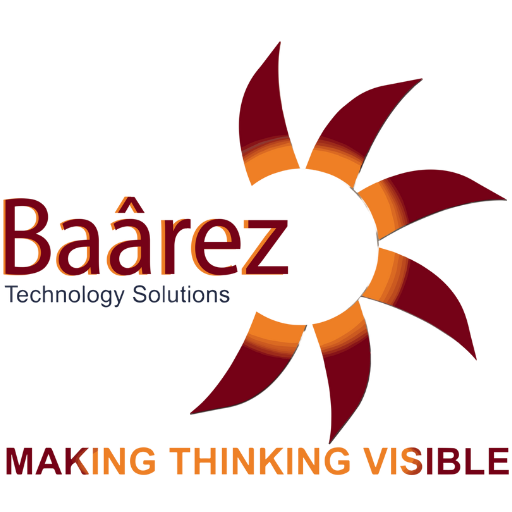
In today’s highly regulated and fast-changing business world, Organizations face a wide range of risks and liabilities—ranging from data breaches to regulatory fines and reputational damage. To manage these challenges, businesses are turning to GRC strategies, a structured approach that stands for Governance, Risk, and Compliance.
GRC strategies provide a comprehensive framework that enables businesses to:
- Govern effectively
- Mitigate risks proactively
- Comply with relevant laws and regulations
Without a proper GRC strategy, Organizations may find themselves exposed to unexpected disruptions, financial losses, or legal actions that could have been avoided.
Table of Contents
ToggleWhat Are GRC Strategies?
GRC strategies refer to the integrated approach an Organization uses to align its governance structures, risk management processes, and compliance responsibilities with business objectives. Rather than treating governance, risk, and compliance as separate efforts, GRC strategies unify them to create a more resilient, efficient, and accountable Organization.
Breaking Down GRC: Governance, Risk, and Compliance
To fully understand GRC strategies, let’s break down each component:
Component | Description | Purpose |
Governance | Policies, structures, and decision-making processes | Ensures ethical conduct, accountability, and strategic alignment |
Risk Management | Identification, analysis, and control of threats | Helps prevent or minimize disruptions and financial losses |
Compliance | Adherence to laws, regulations, and internal policies | Avoids legal penalties and builds stakeholder trust |
Key Elements of an Effective GRC Strategy
Implementing a strong GRC framework involves several core components. These include:
- Policy Management
- Establishing clear rules and guidelines for business conduct
- Ensuring employees understand and follow internal policies
- Risk Assessment Processes
- Identifying potential threats across departments
- Evaluating their likelihood and potential impact
- Compliance Monitoring Tools
- Using automated tools to track regulatory requirements
- Ensuring real-time alerts for non-compliance
- Incident Response Planning
- Defining steps to handle emergencies, breaches, or legal violations
- Minimizing downtime and ensuring business continuity
When these elements are integrated into a unified GRC strategy, Organizations can make more informed decisions, reduce operational silos, and proactively respond to both internal and external challenges.
Why Do Organizations Need GRC Strategies?
In an increasingly complex business environment, Organizations face rising risks from cyberattacks, regulatory changes, economic shifts, and internal inefficiencies. Without a structured approach, these threats can result in heavy fines, loss of trust, and operational setbacks.
This is where GRC strategies play a critical role.
Common Business Risks and Liabilities
Below are typical risks and liabilities that Organizations encounter without a proper GRC framework in place:
Type of Risk | Examples |
Cybersecurity Risks | Data breaches, phishing, ransomware attacks |
Regulatory Risks | Non-compliance with GDPR, HIPAA, SOX, or local laws |
Financial Risks | Accounting fraud, budget overruns, poor financial forecasting |
Operational Risks | Disruptions in supply chain, system failures, poor project management |
Reputational Risks | Negative publicity, social media backlash, loss of customer trust |
These risks can quickly turn into costly liabilities if not managed proactively.
Benefits of Implementing GRC Strategies
An effective GRC strategy doesn’t just prevent problems—it adds value to the entire Organization. Here’s how:
- Reduces Legal Liabilities
Ensures your business stays compliant with all relevant laws and regulations. - Improves Decision-Making
Provides visibility into risks and enables data-driven strategic planning. - Boosts Operational Efficiency
Breaks down silos, standardizes processes, and eliminates redundancies. - Builds Stakeholder Trust
Demonstrates that the Organization takes governance and risk seriously. - Enables Proactive Risk Management
Helps identify threats before they become costly issues.
How GRC Strategies Help Protect Your Organization
A well-executed GRC strategy acts like a shield, protecting your Organization from unexpected disruptions, legal penalties, and reputational harm. Let’s explore the specific ways these strategies help reduce risks and prevent liabilities.
Risk Identification and Early Warning Systems
One of the key strengths of GRC frameworks is their ability to detect risks early. This is accomplished through:
- Risk Heat Maps: Visual tools that prioritize threats based on impact and likelihood.
- Real-Time Monitoring: Automated systems that detect anomalies in operations or behavior.
- Predictive Analytics: AI-powered insights that forecast emerging risks.
Compliance Tracking to Avoid Legal Penalties
Staying compliant is a major challenge, especially for businesses operating across regions and industries. GRC strategies include automated compliance tracking tools that help Organizations:
- Monitor changing regulations in real-time
- Map controls to specific compliance frameworks (like GDPR or SOX)
- Schedule internal audits and generate compliance reports
Governance for Clear Accountability and Transparency
Strong governance policies ensure that everyone knows their roles, responsibilities, and ethical boundaries. GRC strategies support governance through:
- Defined decision-making structures
- Escalation procedures for risk and compliance issues
- Regular performance reviews and oversight
Incident Response and Business Continuity Planning
When something goes wrong—like a data breach or operational failure—a GRC strategy ensures there’s a clear response plan. This includes:
- Incident response teams and playbooks
- Communication protocols during crises
- Recovery timelines and continuity plans
Having these measures in place reduces downtime, limits financial loss, and preserves brand reputation.
Together, these protective layers make GRC strategies essential for safeguarding your Organization from risks and liabilities, both internal and external.
Challenges Organizations Face Without GRC Strategies
Organizations that lack a formal GRC strategy often operate in silos, reacting to risks and compliance issues only after they’ve caused damage. This reactive approach leads to inefficiencies, increased liabilities, and missed opportunities.
Here are the major challenges faced by Organizations that do not implement Governance, Risk, and Compliance strategies:
1. Lack of Visibility Across Departments
Without GRC integration, departments often manage their own risks and policies independently. This results in:
- Inconsistent practices
- Duplicate efforts
- Missed cross-functional threats
Impact: Executives may be unaware of risks brewing in different parts of the Organization, leaving the business exposed.
2. Increased Exposure to Cyber Threats
When cybersecurity governance isn’t aligned with risk management, companies may:
- Miss early signs of a breach
- Have no coordinated response
- Fail to comply with data protection laws
Impact: This could lead to major data leaks, loss of customer trust, and regulatory penalties.
3. Difficulty Meeting Regulatory Deadlines
Compliance regulations are constantly evolving. Without a GRC system, it’s difficult to:
- Track and interpret legal changes
- Align internal processes with new laws
- Generate audit-ready reports
Impact: Companies risk non-compliance fines, lawsuits, or being blacklisted in their industry.
4. Disconnected Policies and Controls
A lack of centralized governance often means:
- Policies are outdated or duplicated
- Controls are ineffective or unenforced
- Employees are confused about their roles
Impact: This creates gaps in accountability, and in critical situations, no one knows who is responsible for what.
These challenges can be avoided with a unified GRC approach that offers structure, visibility, and consistency across all functions of the business.
How to Choose a GRC Service Provider
Partnering with the right GRC service provider can make the difference between a successful strategy and a fragmented implementation. Whether you’re seeking help for GRC software deployment, risk assessments, or regulatory compliance, the right provider will align their solutions with your industry needs and business goals.
Key Factors to Evaluate When Choosing a GRC Provider
Here’s what to consider before selecting a GRC partner:
1. Industry Experience
- Do they have a track record of serving your sector (e.g., healthcare, finance, manufacturing)?
- Can they demonstrate understanding of industry-specific regulations?
2. Range of Services
- Do they offer end-to-end GRC support (governance frameworks, risk assessments, compliance audits)?
- Can they assist with both strategic planning and technical implementation?
3. Technology Capabilities
- Are they partnered with or certified in leading GRC platforms (e.g., RSA Archer, MetricStream)?
- Do they provide customization, integration, and support?
4. Regulatory Knowledge
- Are they up to date with current global and regional compliance requirements like GDPR, HIPAA, SOX?
- Can they help with regulatory change management?
5. Scalability and Flexibility
- Can their services grow with your Organization?
- Do they offer tailored packages based on company size or compliance maturity?
Choosing the right GRC provider not only helps in risk and compliance efficiency, but also empowers your internal teams to focus on growth and innovation while experts handle the critical back-end controls.
How Baarez AI-Powered GRC Platform
Baarez Technology Solutions offers a next-generation, AI-powered GRC platform designed to help Organizations proactively manage governance, risk, and compliance—faster, smarter, and more efficiently.
Unlike traditional systems that rely heavily on manual oversight, Baarez’s GRC platform leverages Artificial Intelligence and Automation to drive intelligent decision-making and reduce human error.
Key Capabilities of the Baarez AI-Powered GRC Platform
1. Real-Time Risk Detection and Prediction
- AI algorithms scan internal systems, user behaviors, and external threat data to detect risks early.
- Predictive models highlight emerging risks and suggest mitigation actions before they become liabilities.
2. Automated Compliance Monitoring
- Tracks changes across global and regional regulations in real-time.
- Maps controls to specific compliance frameworks (e.g., GDPR, HIPAA, SOX, ISO 27001).
- Sends automated alerts for non-compliance or expired policies.
3. Centralized Governance Control
- Provides a unified dashboard for managing policies, procedures, and controls across departments.
- Ensures consistent enforcement and transparency across the Organization.
4. Intelligent Incident Management
- Automates the entire incident lifecycle—from detection and classification to resolution and reporting.
- Uses AI to assess severity, assign response teams, and ensure audit trails for accountability.
5. Smart Audit & Reporting Tools
- Generates real-time audit reports with minimal manual input.
- Customizable dashboards provide executive-level insights into compliance posture and risk exposure.
Benefits of Using Baarez GRC Platform
Benefit | How It Helps |
Faster Risk Response | AI detects risks instantly and recommends actions |
Improved Compliance | Automated tracking avoids missed deadlines and fines |
Cost Reduction | Less manual work, more automation, fewer penalties |
Better Decision-Making | Unified data enables data-driven strategic choices |
Scalability | Easily adapts to growing regulatory needs and business expansion |
With Baarez Technology Solutions, your Organization can shift from reactive risk management to intelligent, integrated GRC practices—powered by AI, backed by industry expertise, and built for the future.
Contact Baarez today to schedule a personalized demo and see how our AI-Powered GRC platform can safeguard your Organization.


